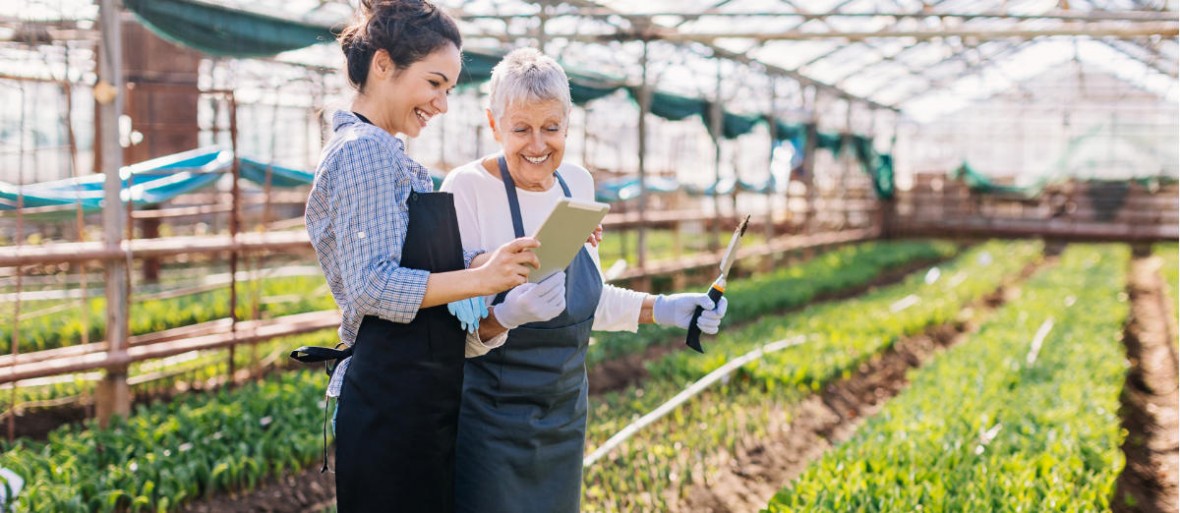"The packaging industry is dominated by straight lines and right angles, boxes and cube utilization," Packaging Association President Tim Debus noted recently at the PACK EXPO show. The straight line metaphor extends to the take, make and waste model of resource consumption in the linear supply chain.

"For the reusable packaging industry, however, perhaps it is the shape of a circle that illustrates the opportunity, how it can conserve resources and eliminate waste and how it can enhance performance in supply chains," Debus said during his presentation at the Reusable Packaging Learning Center. The Circular Economy, he stressed, is much more than just recycling. Not coincidentally, reusable packaging provides a powerful example of Circular Economy best practices at work.
More precisely, the Ellen MacArthur Foundation explains that a circular approach aims to keep products and materials at their highest utility and value at all times. Durable, non-consumable products offer a superior approach to limited-use products because they can be used repeatedly and even shares. This makes recycling a less attractive alternative because although it may recover the raw material, the energy inputs and other resources that go into the production of the item are lost.
So what lessons from the reusable packaging sector might inform your sustainability and Circular Economy aspirations?
Source equipment or fixtures that tick all the boxes regarding durability, reparability, and upgradability that will reduce costs and resource consumption over the long run. An extended asset lifetime has long been crucial to the success of reusable packaging systems, allowing them to eliminate waste generation and provide a lower cost-per-use. If highly durable equipment is too expensive to buy, consider ‘product as a service’ options such as leasing or asset sharing (see below).
"Design is the first signal of human intention," Debus stated, quoting designer and thought leader William McDonough. Look for products designed from a supply chain optimization perspective to ensure that they provide the best experience for all participants. RPCs, for example, are built with an eye to providing ease of use, optimal material handling and superior product protection at every step of the fresh supply chain.
Sharing models can help you generate revenue from underutilized assets owned by your company, or allow you to tap into the high-quality assets of others on an affordable pay-per-use basis. Business models such as Uber and Airbnb have become iconic, paving the way for a host of other businesses looking to generate new opportunities in the sharing economy. Flexe, for example, is a sharing model for warehouse storage space across the country. Do you have unused parking spaces that could generate revenue, or do you need extra spots at various times? Pavemint provides a sharing service for parking capacity around the country. For years, reusable packaging pool providers have offered a similar value proposition: premium containers at a competitive cost per use, made possible through the pooling or shared-use principle.
Reverse logistics is the glue that holds the Circular Economy model together. If reverse logistics is inefficient, then the economic and sustainability benefits of reuse cannot be realized for many assets. Reusable packaging poolers have pioneered a systematic approach to reverse logistics execution, including the establishment of consolidation points and depots, minimization of idle (dwell) time, and the optimization of return freight through collapsible packaging. Effective reverse logistics strategies vary considerably, however. Best practices for retrieving very expensive but uncommon medical equipment, for example, will vary widely from how to best recover old retail store fixtures, end-of-life forklifts, or broken consumer goods. A recent report reviews such options, emphasizing that solutions exist for a range of reverse logistics challenges.
The Circular Economy is crucial to maintaining sustainable economic growth, and it encompasses much more than recycling. The circular example of successful reusable packaging systems is probably as close at hand as your supply chain, and such thinking is now being extended to the creative life cycle management of other assets as well.
Stay up to date
Want the latest fresh food packaging industry knowledge delivered straight to your inbox? Subscribe to our newsletter and get the latest news, trends, articles and more!
